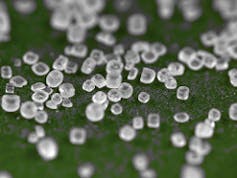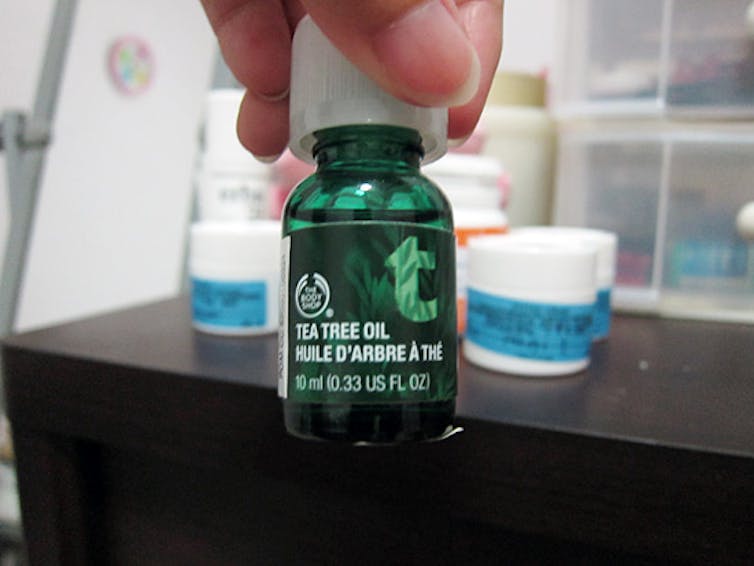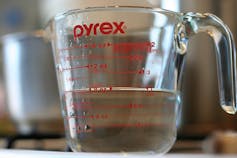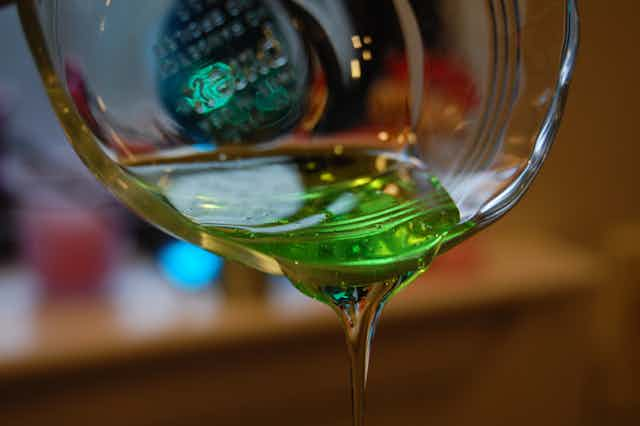For the past decade we’ve consistently heard antibiotics don’t work as well as they used to. Bacteria are becoming increasingly resistant to their effects and we are approaching a time when many bacteria could be resistant to all the antibiotics we have.
Apocalyptic premonitions of the post-antibiotic era aside, what is being done about it? The World Health Organisation recommends a number of different measures. High on the list is renewing efforts to discover and develop blockbuster agents that can combat these new “superbugs”.
Lower down the list are recommendations about how to use antibiotics more responsibly. This means having strategies in place to help preserve the remaining effective antibiotics.
Any use of antibiotics encourages exposed bacteria to develop ways of becoming resistant. Exposing bacteria to antibiotics pressures them to adapt to the antibiotics in an “adapt or die” life and death saga. This is called selection pressure.
Bacteria under threat from antibiotics eventually come up with a way of overcoming their vulnerability. They may develop thicker or more repellent membranes to stop antibiotics from getting into the bacterial cell in the first place. Bacteria may switch on or turn up pumps to expel any antibiotic that does get into the cell. These are just some of the tricks they have to become antibiotic resistant.
Part of ensuring we preserve the antibiotics we have left is to reduce the development of resistance. One way to do this is by replacing antibiotics with agents that kill micro-organisms, but aren’t actually antibiotics. These are called non-antibiotic antimicrobials.
Non-antibiotic bacteria killers
Antibiotics are chemicals that can inhibit the growth of, or kill, bacteria. They generally have one way to inhibit or kill bacteria and can usually be taken internally, say orally or intravenously. They are toxic only to bacteria and not to the patient.
Like antibiotics, non-antibiotic antimicrobials also inhibit and kill bacteria. However, unlike antibiotics, they often have multiple ways of killing or inhibiting bacteria, and are often toxic if ingested. They are frequently limited to topical applications such as creams and ointments. Antiseptics are classic non-antibiotic agents.
Many antibiotics are used topically to prevent infections such as those on the skin. While they do this quite effectively, exposing bacteria to antibiotics encourages the processes that lead to antibiotic resistance. Using non-antibiotic antimicrobials instead of antibiotics can help reduce antibiotic resistance.
Some non-antibiotics
Honey

As part of a larger study into keeping dialysis patients healthy, researchers found medical-grade honey was as effective as a topical antibiotic cream they had used around catheter sites to stop infections starting. They also noted that the level of resistance to the antibiotic they previously used declined once they stopped using it.
Mannose
Recent trials in humans (see here and here) have suggested that mannose, a type of sugar similar to glucose, may be useful in the treatment of urinary tract infections. Mannose, found in many fruits and vegetables, was found to render bacteria incapable of attaching to the cells of the urinary tract.
Trisodium citrate

Doctors working with kidney dialysis patients in the 1990s identified a simple salt, trisodium citrate, that could help keep the patients’ catheters (thin tubes inserted into the skin to drain fluid or administer drugs) from becoming blocked. A secondary effect, serendipitously observed later, was that its use also led to lower rates of infection.
In the almost two decades since, and largely through the efforts of non-commercial interests, trisodium citrate has become one of the main strategies used globally for preventing catheter-related bloodstream infections in dialysis patients.
Tea tree oil
Tea tree oil inhibits and kills a wide range of bacteria and is safe for topical use. Tea tree oil has also been found to be effective against some antibiotic-resistant bacteria.

Vinegar

Peritoneal dialysis patients, who permanently have a catheter in their abdominal cavity, sometimes develop infections on the skin around the permanent catheter. If the infection is caused by the notoriously antibiotic-resistant bacterium Pseudomonas aeruginosa, it can be difficult to treat and lead to the loss of the catheter and the end of that type of dialysis for the patient.
Bathing the site with a dilute solution of vinegar can help resolve this otherwise difficult-to-treat infection. The acidity of the vinegar due to its acetic acid content is thought to be responsible for its effectiveness.
Why aren’t we doing this?
In order to be substituted for antibiotics, there must be evidence that the non-antibiotic agent is as effective as antibiotics and is safe. The evidence would come from laboaratory-based work and clinical trials, which cost money to generate. Usually this work is done by companies that patent the product, pay the costs of development and then benefit from the market monopoly the patent gives them.
Many non-antibiotic antimicrobial agents such as those discussed above are not products that can be patented. Thus no drug companies can make money from their use. Consequently, the work either happens very slowly or doesn’t get done at all.
So despite the potentially enormous health, social and economic benefits that may flow from their development and use, including the preservation of antibiotics, there is almost no commercial incentive to develop and test them and few efficient non-commercial pathways.
Antibiotics are a precious, rapidly waning resource that should be preserved for as long as possible. Substituting non-antibiotic agents for antibiotics, if proven safe and effective, would mean that bacteria would be less likely to develop resistance. Then if and when they are really needed, antibiotics would still work.

